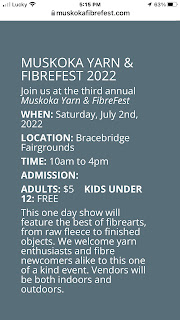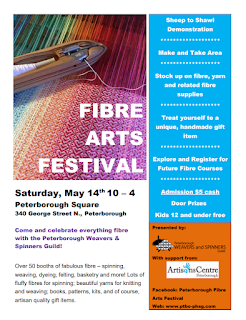MVTM/Blakeney
Project Dye Garden
Hi
everyone,
Many
thanks to all our participants. Here is where we are at with the
garden:
The
Blakeney Project
(food growing initiative associated with the Lanark Hunger Stop) has
offered 1000sq.ft.
of field space for the garden. Below is an outline of the
specifications for use, provided by David Hinks, Blakeney Project
coordinator (thank you David et al!):
The
list of plants below are recommended for their yield, ease of use
and care. The museum will order seeds and start them (soon!).
If
you have any experience with seed starting and seedling care and
would like to help, please let me know.
If
you already have some of these plants in your garden and would like
to give some to the dye garden, or know of any other dye plants that
you can access, please let me know.
Next steps:
We will be
holding a meeting soon, either virtual or in-person (socially
distanced) depending on Covid circumstances. Please review the
information in the next pages as I will need your
thoughts/ideas/brilliance!
We need more
volunteers! If you know anyone who might be interested in helping in
any way (gardening, programming activities, cheerleading and
beverages) please forward this email to them and/or ask them to
contact me.
Thoughts?
Ideas? Concerns? Please get in touch! It’s lonely out here and I’d
love to hear from you.
Plants recommended for
wool:
Annuals
dyer's
coreopsis
marigold
scabiosa
(pin cushion flower)
Biennials
weld
woad
Perennials
black
eyed susan
dyer's
chamomile/golden marguerite
lady's
bedstraw
madder
tansy
rhubarb
(leaves can be used as a mordant)
Japanese
maple & Elderberry (both can be used for eco printing)
Proposed
Calendar of Activities
Date
|
Activity
|
Description
|
Resources/Notes
|
Spring
|
Plant/seed selection and uses: botany
and history, First Nations cultivation, and medieval European to
industrial period.
|
Local seed/gardening expert (or
possibly guest from Richter’s Herbs, Guildwood ON
|
See: Seeds/propagation/gardening,
botany, first nations/european/colonial horticultural histories,
arts/crafts collections at library. Dye bath recipes and artefacts
at MVTM.
|
Late spring
|
Seed sowing and soil fertility
|
Potential for seed sowing and
composting workshops
|
|
Summer
|
Plant care and interpretation
|
Interpretive signs identifying the
plants and uses/colours achieved
|
|
Late summer
|
Cultivation and preparation of plant
material for dyeing.
|
Possible guests: Textile artist Tania
Love,
Thea
Haines (head of textile department at Sheridan College and natural
dye consultant) Zoom presentation. Using plants to make dyes or
direct printing
|
Eco-Printmaking/textile/art making
collections at library
|
Fall
|
Natural fibre dyeing – wool fleece
and cotton
|
See Late summer
|
|
Late fall
|
Seed harvesting for next year
|
How to collect and store seeds
|
|
Fall/winter
|
What to do with your dyed material.
Contemporary and historical uses
|
Historical uses lecture. Spinning,
knitting, felting, sewing workshops
|
|
SPEAKERS/WORKSHOP HOSTS (Working
list/ideas)
Tania Love
|
Fibre artist/natural dyes
|
|
Guest speaker
|
|
Head of Textiles, Sheridan College,
textile artist and natural dye consultant
|
thea.e.f.haines@gmail.com
|
Plant information and donation, guest
speaker
|
|
|
|
|
|
|
|
|
|
|
|
|
|
For more info please contact
Melanie
m.girdwood@mvtm.ca * PLease note that this is a summary of Melanie's brochure.
If you are interested in the full text please let me know so I can forward her entire email. Jane.ben.low@gmail.com
|
|
|
|
|
|
|
|
|





























